Before the big, fat Indian wedding became the norm, you were lucky to even get ice cream and a snack
On a cool December day in 1965, 25 people assembled at Shyama Kulkarni’s parents’ house at Peddar Road in Bombay. The Vardes were hosting a lunch for the family following their daughter’s wedding the previous day, and precisely 25 plates of food were being readied. “There was no 26th person allowed,” remembered Kulkarni, a civic activist, 51 years later. “My father had said, I am not going to break any rules.”
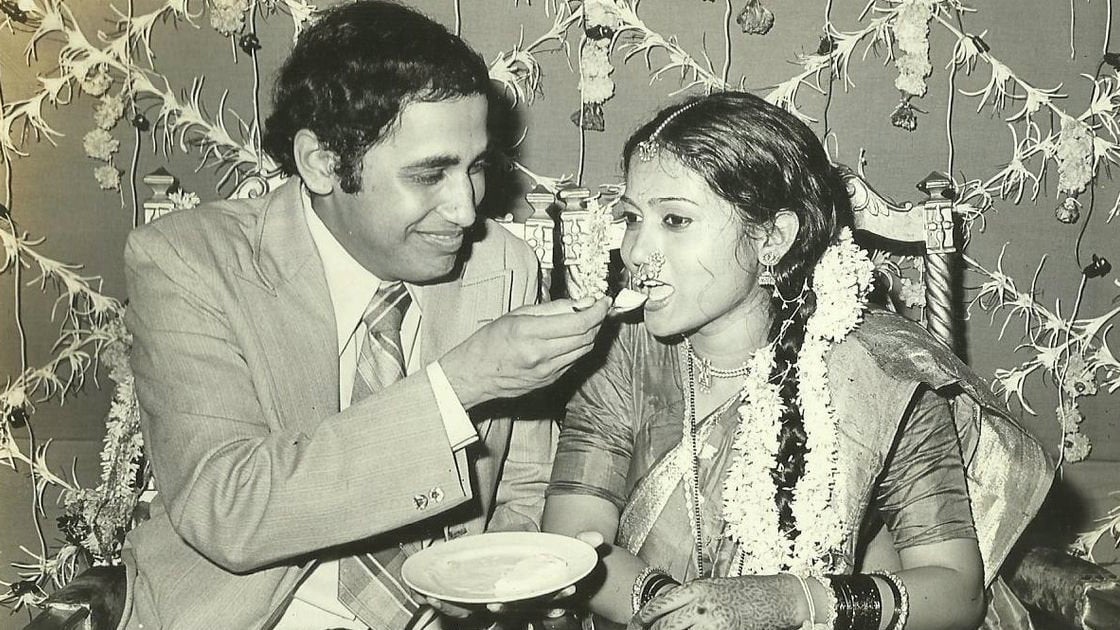

On a cool December day in 1965, 25 people assembled at Shyama Kulkarni’s parents’ house at Peddar Road in Bombay. The Vardes were hosting a lunch for the family following their daughter’s wedding the previous day, and precisely 25 plates of food were being readied. “There was no 26th person allowed,” remembered Kulkarni, a civic activist, 51 years later. “My father had said, I am not going to break any rules.”
It was a few months after the India-Pakistan War and a year after prime minister Lal Bahadur Shastri came to power, bringing with him exhortations of self-control and food rationing.
The rules of the day forbade a host from serving more than 25 people at home. In any case, the national mood following the war was one of austerity and citizens like the Vardes were acutely conscious of expenditure and food shortages. They also knew people who had died in the war.
“It was not a time to celebrate,” Kulkarni said. “We felt we shouldn’t spend unnecessarily.”
The wedding took place in a temple in the early evening, followed by a reception where guests were served a few snacks, because serving certain kinds of foodgrains to more than a specified number was prohibited. “Maybe each person got 10 or 12 wafers,” said Padma Varde, Kulkarni’s sister, laughing. Even as the sister of the bride, she couldn’t attend the lunch at home.
“It was very spartan. We took it very seriously,” she said. Her father gave her some money and, along with other relatives of the bride, she had lunch at a restaurant to avoid violating the 25-person ceiling.
Food inspection raj
Half a century on, in mid-February, a Bill was introduced in the Lok Sabha seeking to limit expenditure on lavish weddings, proposing that those with a Rs5 lakh-plus budget contribute to a welfare fund. The bill also empowers the government to specify guest numbers or items served to avoid food wastage. The same month, Jammu and Kashmir went ahead and announced that beginning on April 1, it will curb guest numbers and dishes at weddings in the state.
These moves are a throwback to an era of muted celebrations, an era that bore the stamp of Nehruvian statism and the civic obligation to exercise self-control at weddings and parties.
Prime minister Lal Bahadur Shastri, under whom the food inspection raj was enjoying a fine moment, set the tone in a speech:
“Parties, dinners and lunches are not in tune with the times at all. At weddings, there should be no exhibition of ostentation. There is no need for many dishes to be served. Hotels and restaurants also have to keep in line with present day requirements. Austerity is the need of the hour and it must be encouraged by strong public opinion.”
The legacy of Second World War rationing still lingered and in a newly-independent India, the Essential Commodities Act, 1955, was introduced to control the supply and distribution of food items. It spawned a series of orders to check the movement of commodities and carefully control their distribution and prices; prohibited food items like cereals and pulses, for instance, couldn’t be fed to more than a certain number of guests and the strictures applied to hosts, hoteliers and caterers. The best known of these were the Delhi Guest Control Orders of 1968, 1972 and 1976, but the proclivity for tamping down on celebrations found echoes in state orders in Assam, Andhra Pradesh, and Rajasthan, among others.
“…these Control Orders were a definitive feature of the 1960s food regime with its pillars of austerity, agricultural productivity and rationing controls,” writes the scholar Tarangini Sriraman in a paper on rationing and License Raj-era officialdom. “These Control Orders while they sought to regulate parties of all kinds—official parties, funeral parties and festival parties—were however mainly aimed at the opulent displays and lavish hospitality of Indian weddings and more than anything else, the wanton cooking and consumption of rationed items and the unrestrained social impulse to invite hundreds of guests.”
In Calcutta, every wedding card in the mid-seventies came with a line of fine print stating that the government’s Guest Control Order would be followed. “People more or less followed the rules,” said Malabika Ghosh, a retired college teacher. “In case there were raids, people were scared to defy the rules.” At Ghosh’s wedding in December 1974, there was no pulao because of rice rationing. Instead she remembers, they served a replacement, possibly dalia.
We might never know how many weddings ended with ignominious raid scenes but that rules existed on paper was enough to give one pause. Vivek Agnihotri was a young district revenue officer at the time in Andhra Pradesh, and part of his official mandate was implementing the restrictions—except, it wasn’t exactly possible to do so.
“There was no way to send someone and check how many people were attending a wedding or whether to raid a function,” he said. “We had more serious things to do.”
In his three years in that district, Agnihotri never busted a marriage party.
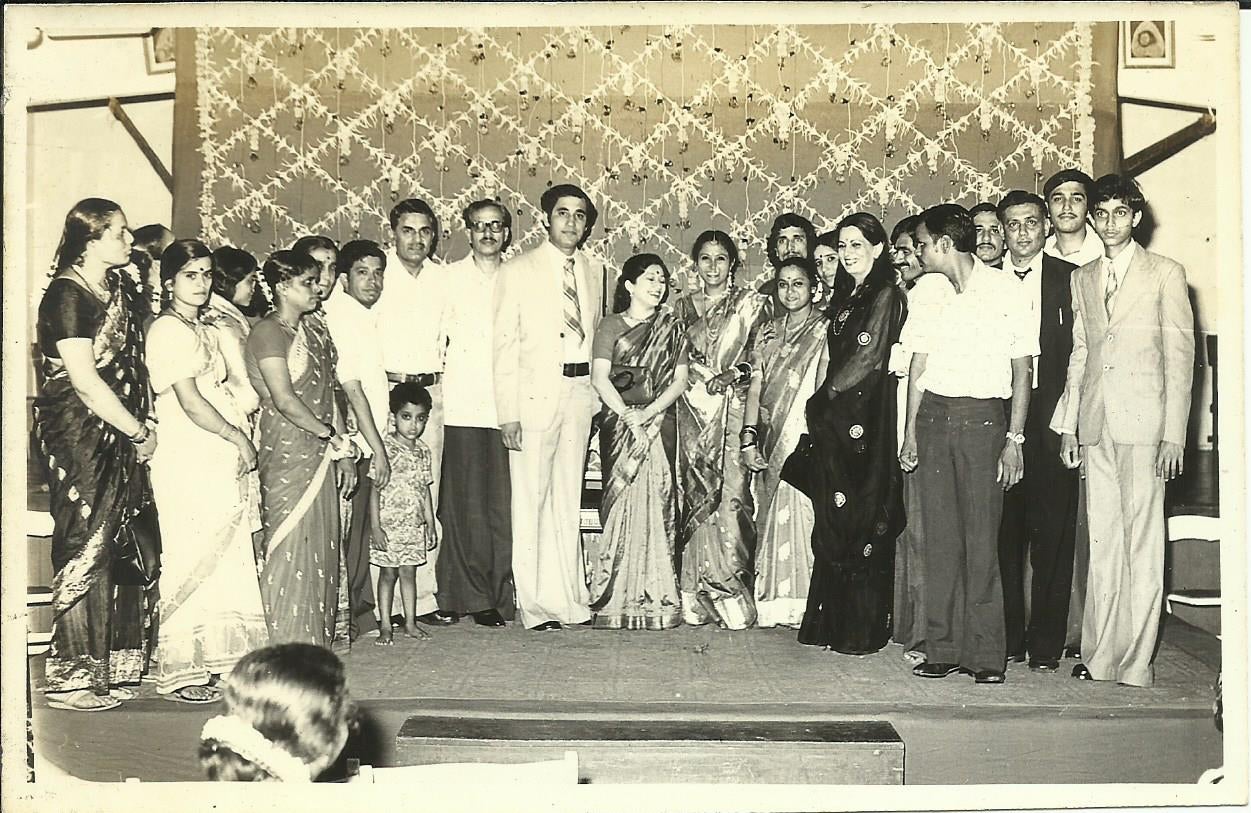
The Delhi Guest Control (Third Amendment) Order issued in 1977, the year the Emergency ended, raised the number of guests at ordinary parties to 50 and for weddings and funerals to 100. Though the orders might have been implemented unevenly and modified to allow more indulgences over time, the aftertaste of austerity hung in the air through the 1970s and beyond.
In October 1978, the Bhides booked a wedding hall for a single day in Bombay where all three functions took place and cancelled the outdoor celebrations when it threatened to rain. There was lunch for relatives before the ceremony, and chai and ice cream for the 200 or 300 people who came in the evening. “I don’t remember the flavour,” said Sujata Bhide, the bride. “But it was definitely not cassata. That was a big-shot item and only the posh people served that.”
A lot of ice cream appears to have been consumed through the 1970s at weddings in Bombay, likely a throwback to the rule forbidding pulses or grain being served.
“This was normal everywhere,” said Bhide, “It didn’t feel odd. You’d go just to eat ice cream. No one expected dinner. They would go back home and eat.”
At the Bhides’ wedding, a neighbour, an amateur photographer, served to take the official photos at the wedding, all in black and white. A single Polaroid photo taken with an America-based cousin’s camera was the exclusive colour indulgence in the album.
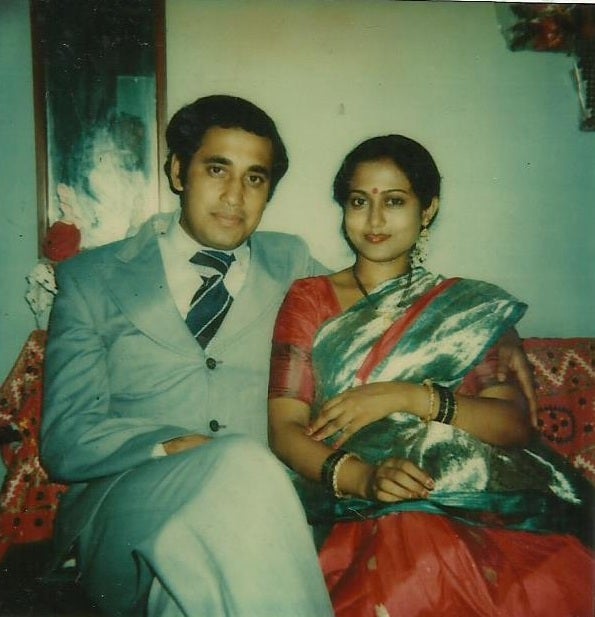
Similar minimalism prevailed down south in Bangalore.
In a faded colour photo, V Ramkumar can be seen standing seriously, his grey bell bottoms hanging over his six foot frame. That photograph, from his wedding day on June 8, 1979, screams of the decade. Elsewhere in the album, his wife Vani is draped in a Rs150 blue sari bought five years previously, and diamond earrings worth Rs5,000. “I made such a fuss about the earrings,” she recalled. “I cried at the shop. I just didn’t want to dress up or spend any money for my wedding.”
At the doctor couple’s wedding, the presents, too, were of a very 1970s vintage: alarm clocks and milk cookers, a retro device for boiling milk. “We got about 10 alarm clocks and seven cookers,” said Ramkumar, laughing. “Those were the common gifts of the time.”
Cash gifts ranged from Rs7 at the lower end to a few hundreds at the higher end. The average hovered somewhere around Rs31.
A week after the wedding, Vani’s parents held a small garden party at their home in Dehradun. Guests were served tea, ice cream, and a savoury, recalls her mother, Vishu Guha, who hosted the do. Each plate cost Rs7, and an army band played for free.
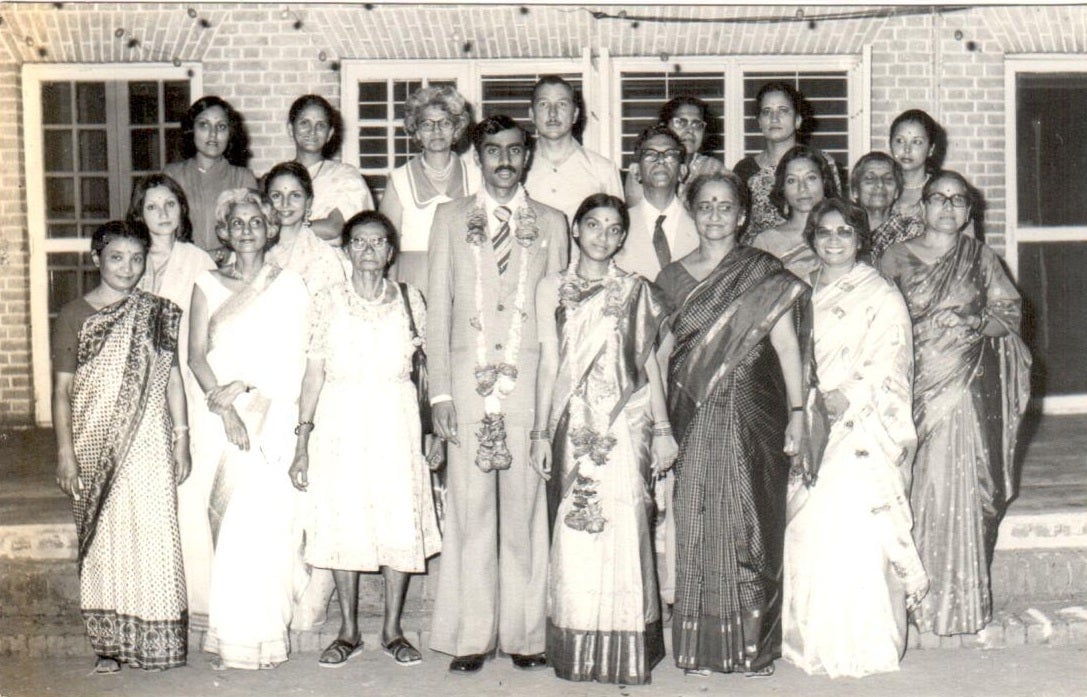
The Bhides and Ramkumars had relatively simple weddings compared to the razzle-dazzle that has become a staple since the turn of the century. But when Vibhuti Patel married Amar Jesani in October 1977, it was not just simple, it was austerity taken to its logical conclusion for the two activists, both of whom were deeply engaged in the social movements of the time. The total cost they incurred: Rs20 for the revenue stamp to officially solemnise the union.
In the months just after the Emergency, Patel, now an economics professor and then a PhD student from Bombay, went to Baroda where Jesani was studying for his MBBS. Taking a 15-minute break from a trade union protest, Jesani rode his cycle to the nearby court. He brought along three friends to stand in as witnesses. No one else came. “Having a simple wedding was a conscious choice,” she said. “The marriages of those around us were also like this.” In ordinary clothes and with no ornaments, Patel was also taking a political stance.
“Because of the menace of dowry I had taken a pledge when I was very small that I would never touch gold,” she said. (As it happens, the dowry problem was another reason weddings were sought to be regulated in the past.) Since Patel is Hindu and her husband Muslim, there was the additional complication of the union being taboo in the eyes of many.
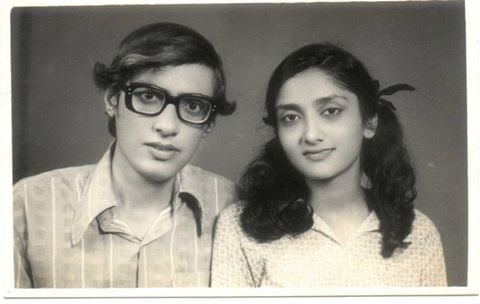
Though food rationing loosened up through the seventies, the air was still thick with lingering socialism. In 1978, a magistrate in Rajasthan imposed a fine on a family for violating the local law and hosting 200 people. Authorities seized “2 quintals and 80kg of prepared malpuas, 5kg of the mixture of flour and gur used for preparation of malpuas; 40kg of boiled potatoes and 20kg of wheat flour” as per the court order. The magistrate observed at the time that “the practice of giving a feast on the occasion of marriage or death might be an offence in the eye of law but it is a source of happiness in the life of our people in the village”. The higher court disagreed, but no further punishment was imposed. By the mid-1970s, the seriousness of rationing orders already seemed to have been receding.
“We were vaguely conscious of some rules,” said Rajashri Dasgupta, a Kolkata-based journalist who got married in May 1978 in Allahabad. “By the seventies food rationing had eased off but the culture of not having elaborate functions still remained.” This was great for Dasgupta and her husband who wanted a small, family affair. Only 30 people stayed for dinner, though about 150 people came to meet the couple before that and were given packets of namkeen and a sweet. “People seemed happy,” she said. “They accepted it as the culture of the time.”
